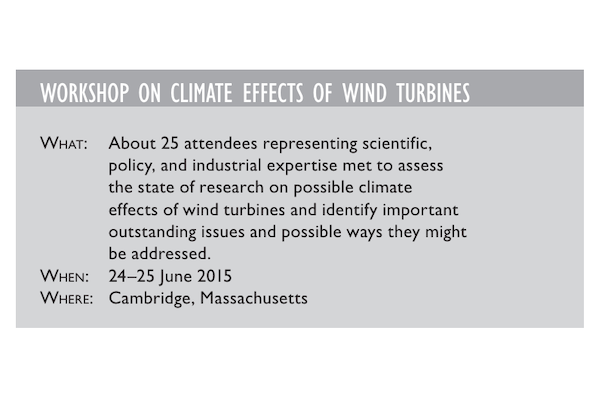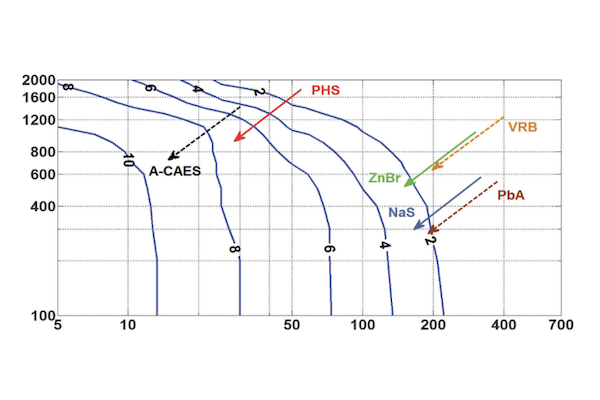
Energy systems analysis
Any serious effort to confront climate change starts with cutting CO₂ emissions. And any serious effort to cut emissions starts with understanding the existing energy system—energy resources, conversion technologies, and the business and political systems that have co-evolved with them. I got the energy systems bug when I met Vaclav Smil in the late 80’s and ended up with a pre-publication copy of his General Energetics. A third of a century later, I still find it useful to view the evolution of energy conversions as a central thread in the development of civilization. The energy system predated the fossil fuel era and will outlive it. Our task is to manage a fast transition away from fossil fuels while minimizing harms.
The longest thread in my academic work started with electricity system modeling using dispatch and capacity planning models. These models try to optimize investment in generating capacity (such as wind turbines, batteries, or coal-fired power plants) while also optimizing the use or “dispatch” of this generating capacity to meet demand while taking into account the variability of both demand and supply.
My first electricity system modeling work was motivated by my interest in carbon capture and storage (CCS) as described in that section. Soon, however, my interest turned to wind power integration with an early study of the benefits of adding long-distance electricity transmission to exploit diverse sites. My student Joe Decarolis and I showed that long-distance transmission could allow surprisingly deep and cost-effective decarbonization using gas power backup but no storage. Later work with my student Hossein Safaei explored the benefits of adding storage and the trade-off between the energy and power costs of storage systems.
My work with Peter Reinelt used electricity planning models to study the impacts of regulatory carbon price uncertainty. Most recently, I used similar methods to explore how optimal integration of solar PV and hydrogen electrolysis can get us to hydrogen production costs less than 10 $/GJ (cheap!) by the early 2030’s. This work started inside Carbon Engineering and ended up as an academic paper with collaborators at MIT.
The second thread of my energy systems work has been understanding the environmental footprint of energy systems. I was drawn into work on Life Cycle Assessment (LCA) by the pioneering work at Carnegie Mellon; later I built on that work in collaborations with Joule Bergerson and Sarah Jordaan evaluating the carbon and land footprint of the Canadian oil/tar sands. Concern about the environmental impact per unit of power delivered motivated my work on wind power and climate (described in the atmospheric science section) and my work measuring the land footprints of wind and solar power.
My largest teaching focus over the years has been on energy systems courses culminating in development of Energy within Environmental Constraints, a course taught in the online learning platform edX that has reached more than 150,000 students worldwide.




Rethinking hydrogen cars
The Costs of Wind’s Variability: Is There a Threshold?
Can Industrial-Scale Solar Hydrogen Supplied from Commodity Technologies Be Cost Competitive by 2030?